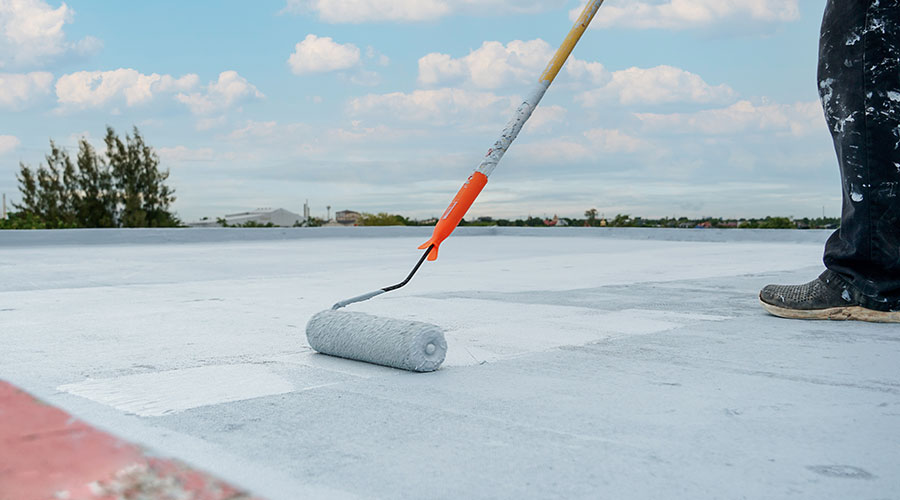What is the RoofPoint Rating System?
Every facility manager has to make tough calls on retrofitting old, worn or failing elements of the building envelope. Increasingly, the most conscientious facility managers also want to make environmentally responsible choices. But what happens when green choices are made piecemeal, and there's no good way to judge how environmentally responsible they really are? In other words, if all a facility manager can afford to replace at the moment is the roof, how do they reap the rewards of programs like LEED or Green Globes certification, without turning an eye to retrofitting much of the building?
For reroofing projects, the task will become easier with the advent of RoofPoint. The Center for Environmental Innovation in Roofing (CEIR) is in the latter stages of draft revision and the public review process of RoofPoint guidelines, and the group anticipates unveiling the final guidelines in 2012.
What is RoofPoint?
In short, RoofPoint is a voluntary guideline and roof rating system developed by CEIR. "It is designed to evaluate both new and replacement roofs for commercial and institutional low-slope buildings," says Craig Silvertooth, executive director of CEIR.
One principal aim of the guideline is addressing the need to certify existing buildings. The guideline serves as a starting point for evaluating roof system environmental performance over the entire life of the building.
Because it reflects the input of roofing manufacturers, installers and consultants, RoofPoint will help provide a means of roof system selection across membrane types and system designs.
As Jim Hoff, research director of CEIR points out, many of the major and best-known sustainability guidelines, like LEED, are only about 10 years old.
"As such, they are still in their infancy," he says. "So it should be no surprise that some of the roof-related standards focus on the most visible potential contributions, such as energy or heat island reduction. But there's often a gap between what rooftops actually can provide in terms of sustainability, and what the perception of that is."
Regardless of the type of roof, RoofPoint attempts to provide realistic energy efficiency goals along with meaningful certification, especially for retrofits, Hoff says.
Why is it Needed?
"There's a lack of visibility and influence when talking about low-slope roofing," says Silvertooth. "They contribute in many ways to achieving building sustainability, including reducing energy consumption, managing water and material resources, and extending building service life."
Instead of focusing on one or two roof system options, such as cool roofing or vegetated roofing, RoofPoint aims to address a spectrum of roof types in an effort to make the roof system more sustainable.
"But reroofing also gets little attention in some of the other rating systems," he says. "Green building rating systems predominantly focus on new construction or major building renovation and tend to neglect retrofits."
Hoff and Silvertooth both point out that durability receives too little attention in roofing system selection and installation.
"This lack of emphasis on roofing durability may significantly reduce the long-term sustainability of the underlying building," Hoff says. "It has been sorely neglected until now, but that's starting to change. People are beginning to plan for 60-year working life for buildings."
About CEIR
Headquartered in Washington, D.C., CEIR is a non-profit roofing organization formed by members of the National Roofing Contractors Association. The organization serves to educate its members and the industry on environmental stewardship and provide information on sustainable roofing. CEIR also encourages product innovation and works with academia to provide a forum for ongoing roofing research.
CEIR's research and information products are designed to help guide members' business decisions, improve the roofing industry's policy and regulatory environment, and educate consumers about environmentally friendly roofing options.
In addition, CEIR works to expand market opportunities for its member contractors, design consultants and manufacturers. It also performs advocacy on the industry's behalf related to energy efficiency and renewable energy roofing technologies. Finally, it helps coordinate U.S. and international standards and codes.
|
Related Topics:













